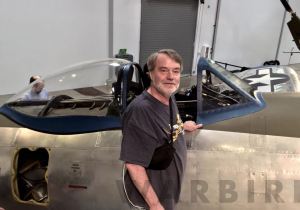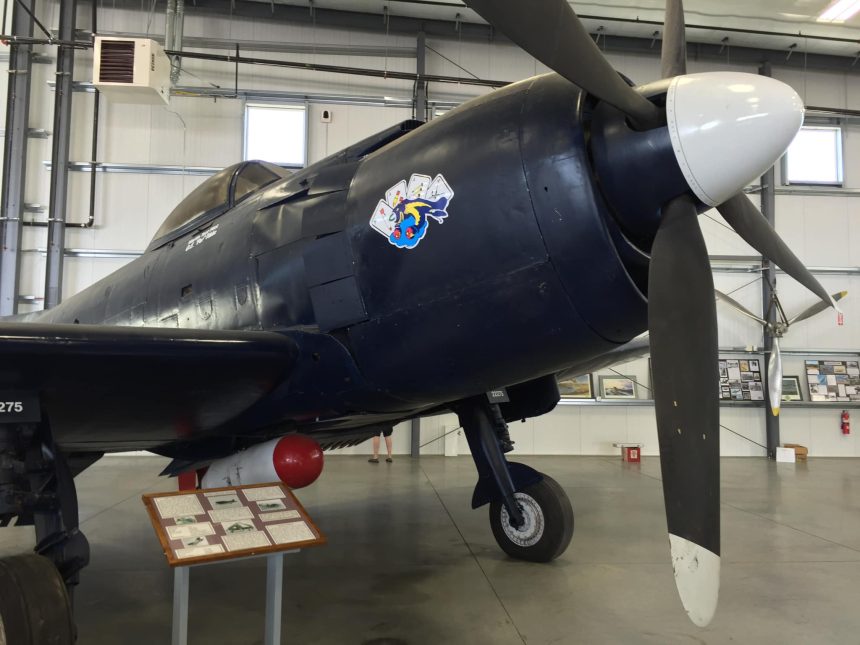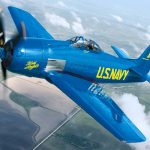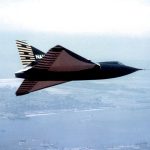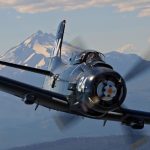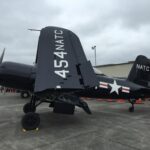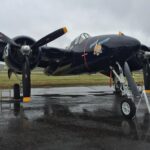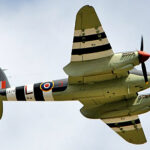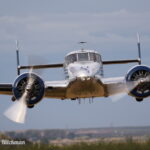By Randy Malmstrom
Since his childhood, Randy Malmstrom has had a passion for aviation history and historic military aircraft in particular. He has a particular penchant for documenting specific airframes with a highly detailed series of walk-around images and an in-depth exploration of their history, which have proved to be popular with many of those who have seen them, and we thought our readers would be equally fascinated too. This installment of Randy’s Warbird Profiles takes a look at Jack Erickson’s rare Martin AM-1 Mauler, Bu.No. 22275, N7163M.
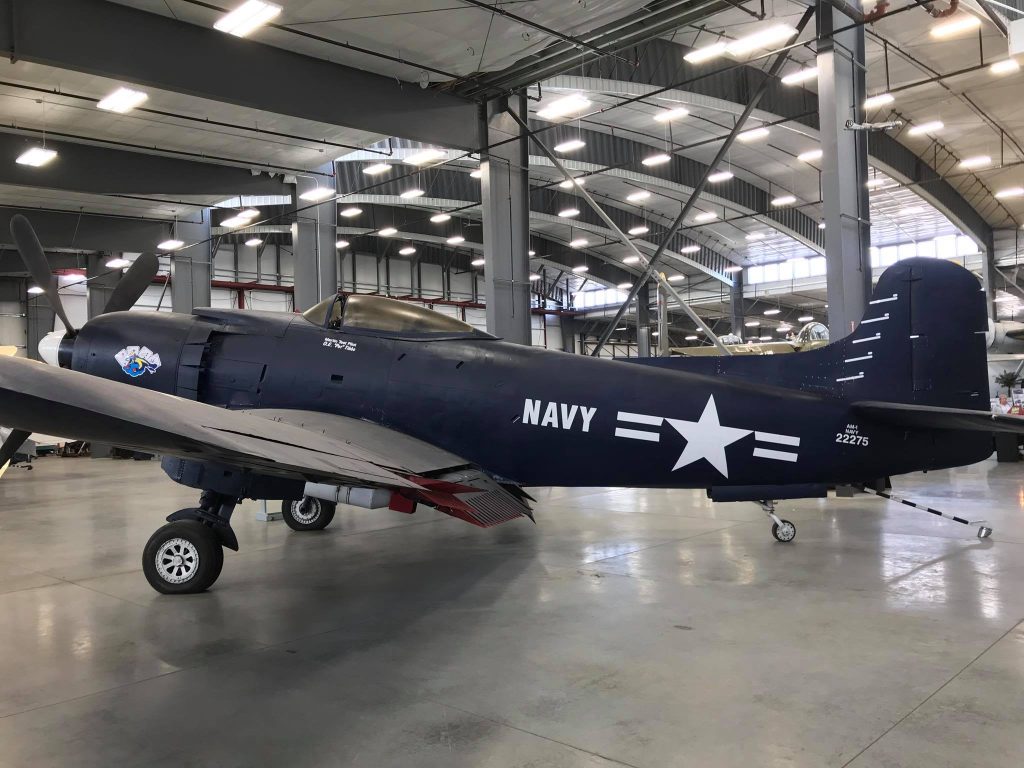
It can be said that the U.S. Navy had made a clear distinction between the types of carrier-borne bombers it deployed: the torpedo bomber (designed to attack targets by releasing torpedoes from low altitude) and the dive bomber (designed to deliver a bomb starting from high altitude, descending quickly and fitted with dive brakes). As WWII progressed, the Navy asked for proposals for a new multi-purpose bomber.
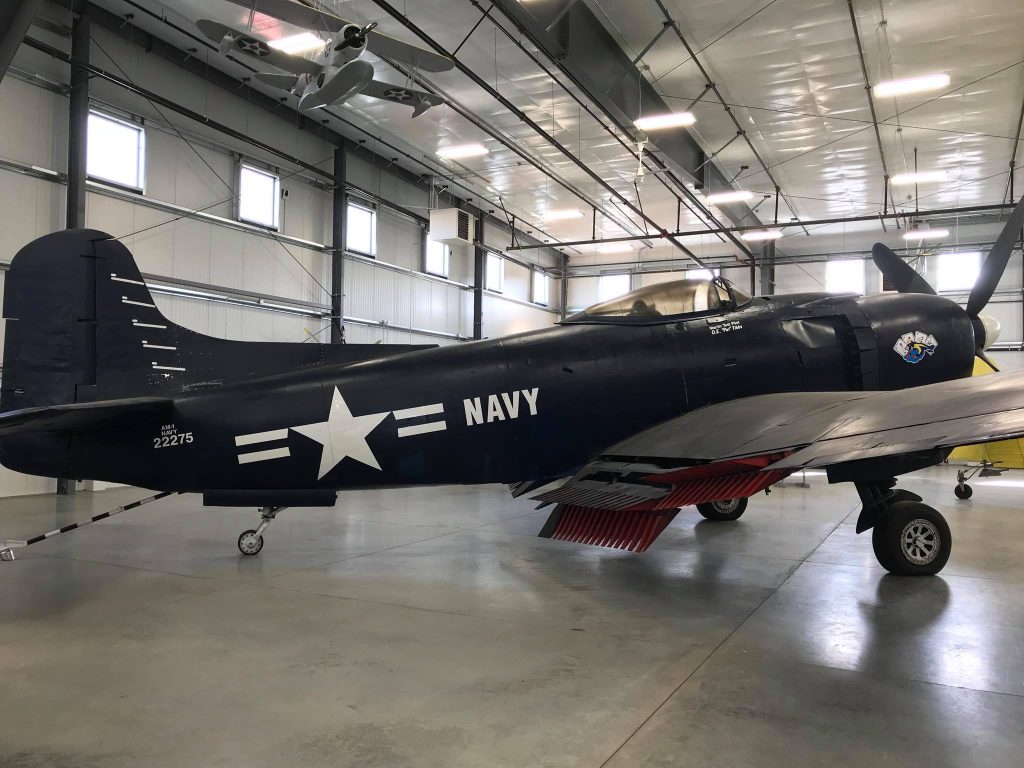
By 1943, aircraft design and tactics had improved, and by the time the A-25 Shrike variant of the Curtiss Helldiver was deployed in late 1943, the Army Air Forces concluded it no longer had a need for a thoroughbred dive bomber, and the poor handling of the aircraft resulted in both the British Royal Navy and the Royal Australian Air Force cancelling substantial orders; and keep in mind that by by 1938, Germany had deployed the Ju-87C variant of its Stuka as a combined torpedo and dive bomber. As a result, four new design concepts were offered by 1944: the Curtiss XBTC-1/2, Douglas XBT2D-1 (Model 96, which became the production A-1 Skyraider), Kaiser-Fleetwings XBTK-1, and the Martin XBTM-1 (BT being the Navy’s Bomber-Torpedo designation and M for the Glenn L. Martin Company).
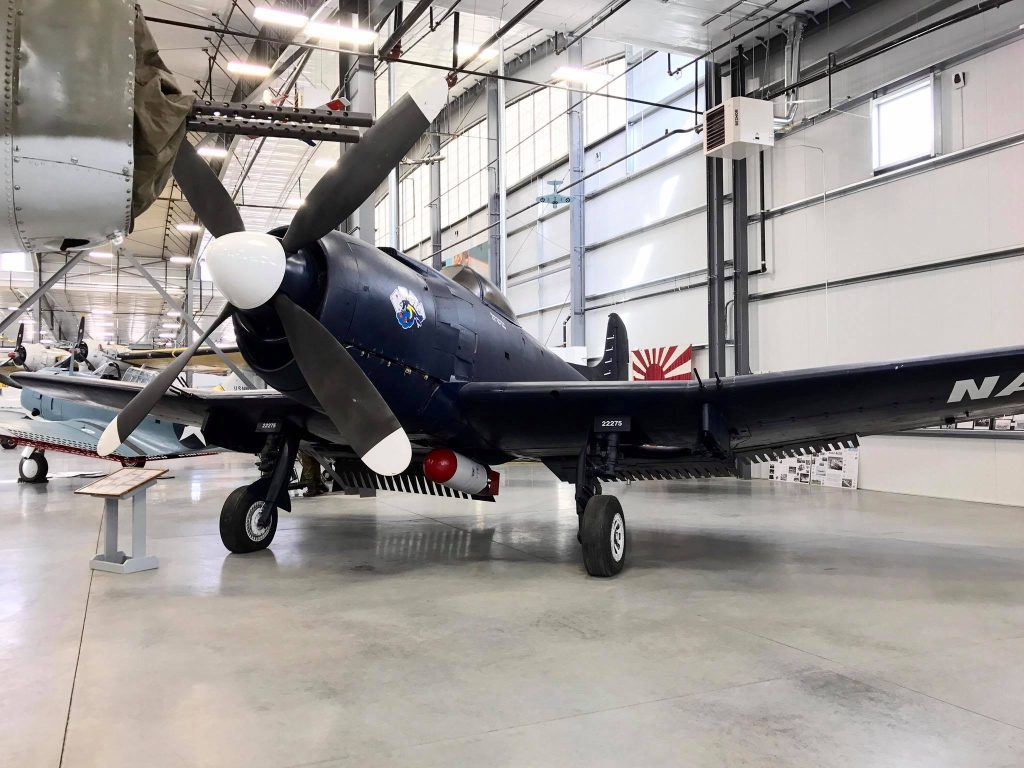
Due to the U.S. Navy’s concern that the Curtiss-Wright design was overly complex and that the company’s production record was considered suspect during its prior SB2C Helldiver development phase (the Truman Committee — formally known as the Senate Special Committee to Investigate the National Defense Program, a United States Congressional investigative body formed in 1941 and headed by then Senator Harry S. Truman — investigated Helldiver production and turned in a report in the summer of 1943 revealing that the production plant at Lockland, OH of Wright Aeronautical Corp (a wholly-owned subsidiary of the Curtiss-Wright company) had been supplying defective aircraft engines to the U.S. Army Air Forces; the charges included conspiracy and collusion with USAAF inspectors and in the end, three officers, Lt. Col. Frank C. Greulich, Major Walter A. Ryan, and Major William Bruckmann were relieved of duty and later convicted of neglect of duty – this scandal became an inspiration for playwright Arthur Miller’s play All My Sons).
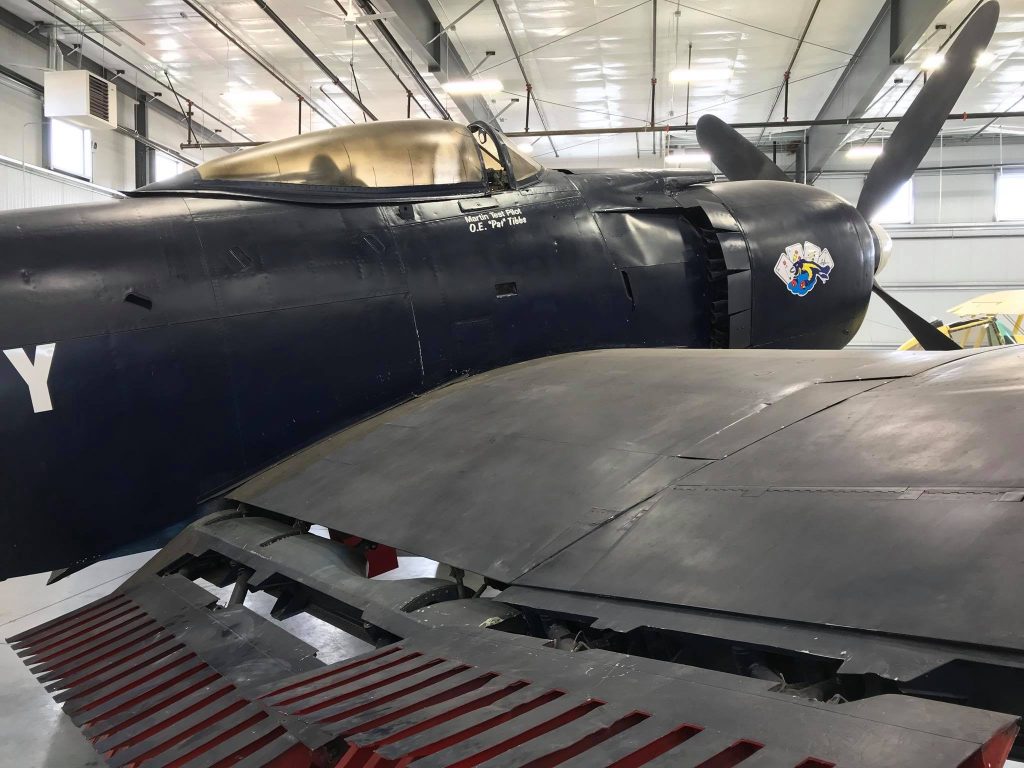
On May 31, 1944 the USN instructed the Glenn L. Martin Company to also provide a prototype back-up so-called “unexperimental” design to the Curtiss design (designated Model 210) that would be a reliable airframe for the Pratt & Whitney R-4360 Wasp Major that was fitted to both the Curtiss XBTC-1/2 and Martin XBTM-1 aircraft. The first XBTM-1 flew on August 26, 1944 piloted by Oliver E. “Pat” Tibbs, Martin’s Chief Test Pilot (and the 210 shortly thereafter). After testing at the Naval Air Test Center beginning in December, the Navy ordered 750 aircraft by January of 1945 which number was reduced to 99 as the war came to an end in August 1945.
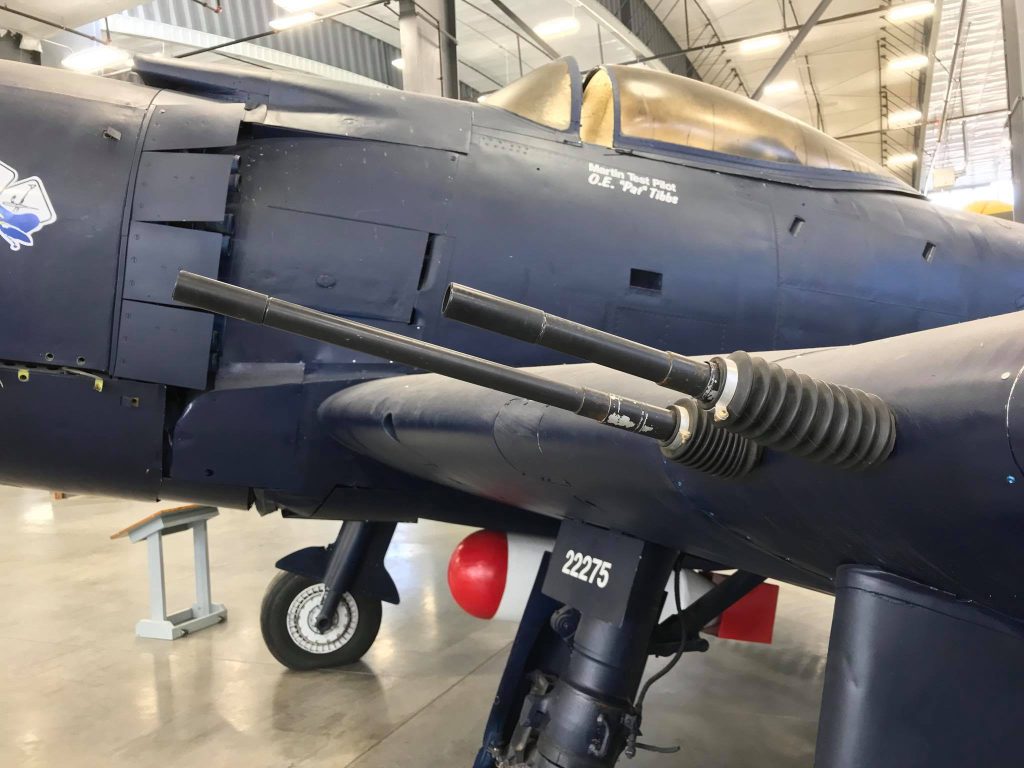
In 1946, the XBTM-1 aircraft designation was changed to AM-1 when the Navy changed its 1942-45 aircraft “Bomber-Torpedo” designation with Attack.” Delivery of AM-1 Maulers began in July of 1947, there were numerous design problems that included structural weakness in the rear fuselage section, vibrations in the tail when engaging the arresting wire and tail hooks damaging the rear fuselage, and the cockpit design proved unsatisfactory and was redesigned. As a result of all the design deficiencies, the Mauler did not enter service until March 1948, when they began carrier qualification trials with VA-17A aboard USS Kearsarge (CV/CVA/CVS-33) of the U.S. Navy’s Atlantic Fleet.
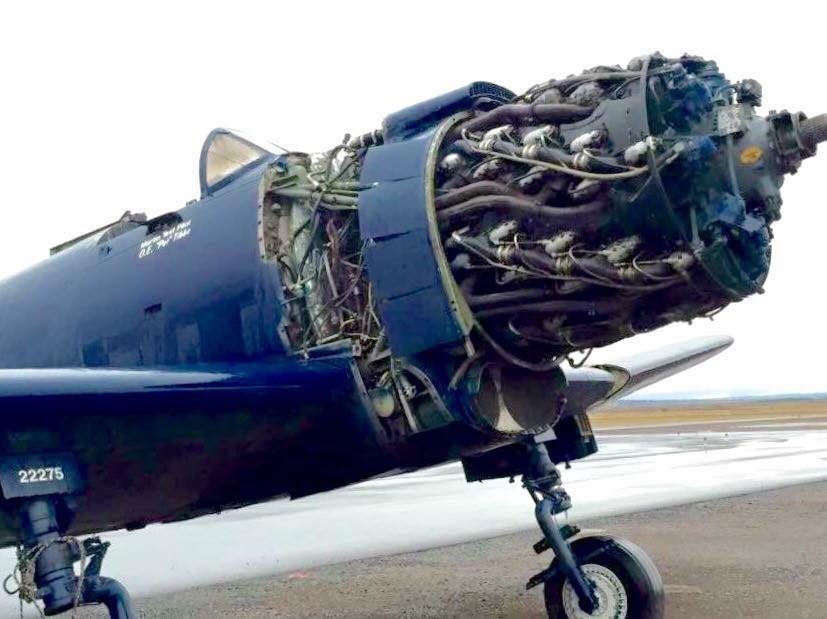
Sixteen AM-1Q variants for electronic countermeasures (ECM) duties were built, with the fuselage fuel tank removed to make room for the ECM operator and his equipment. Nicknamed “Able Mable” for its load-carrying capabilities (Pat Tibbs once carried a record 10,648 lbs of ordnance in April 1949) and also the “Awful Monster” because of its maintenance problems and tendency to bounce on carrier-landings.
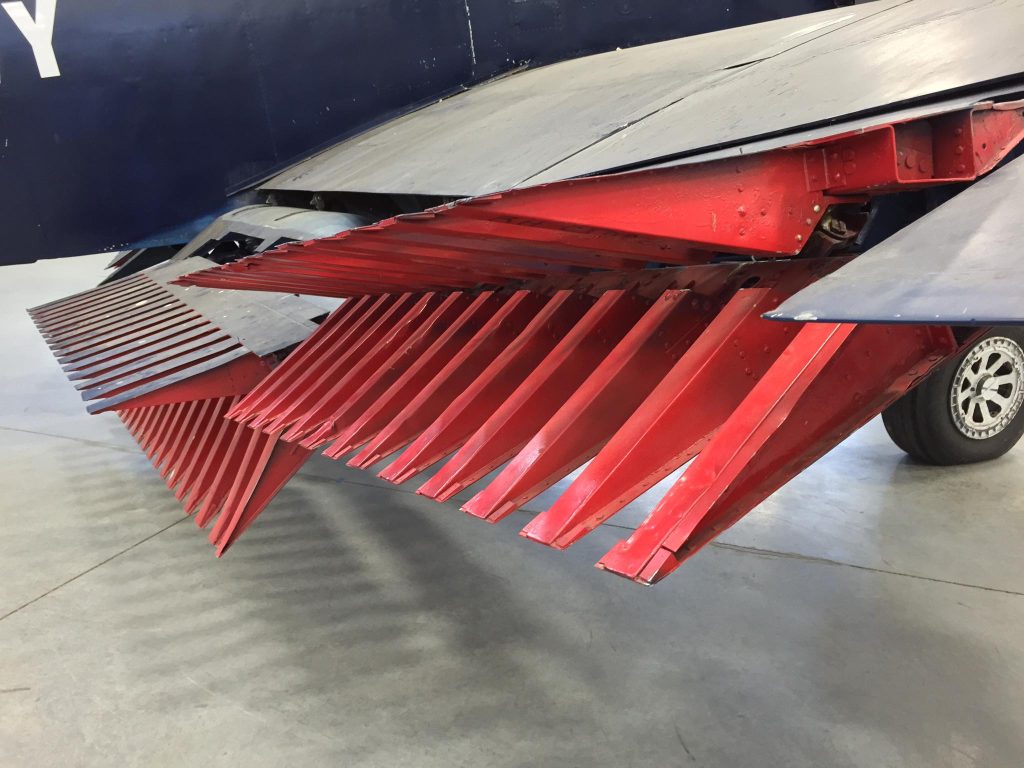
The Mauler served aboard several USN carriers until 1950, when the Douglas Skyraider became the preferred airframe as it proved to be more reliable in service and easier to fly and land. The Mauler then only served from shore-based squadrons until 1953, and later that year none but Naval Reserve units such as Glenview and Norfolk Naval Air Stations operated the aircraft into the mid-1950s.
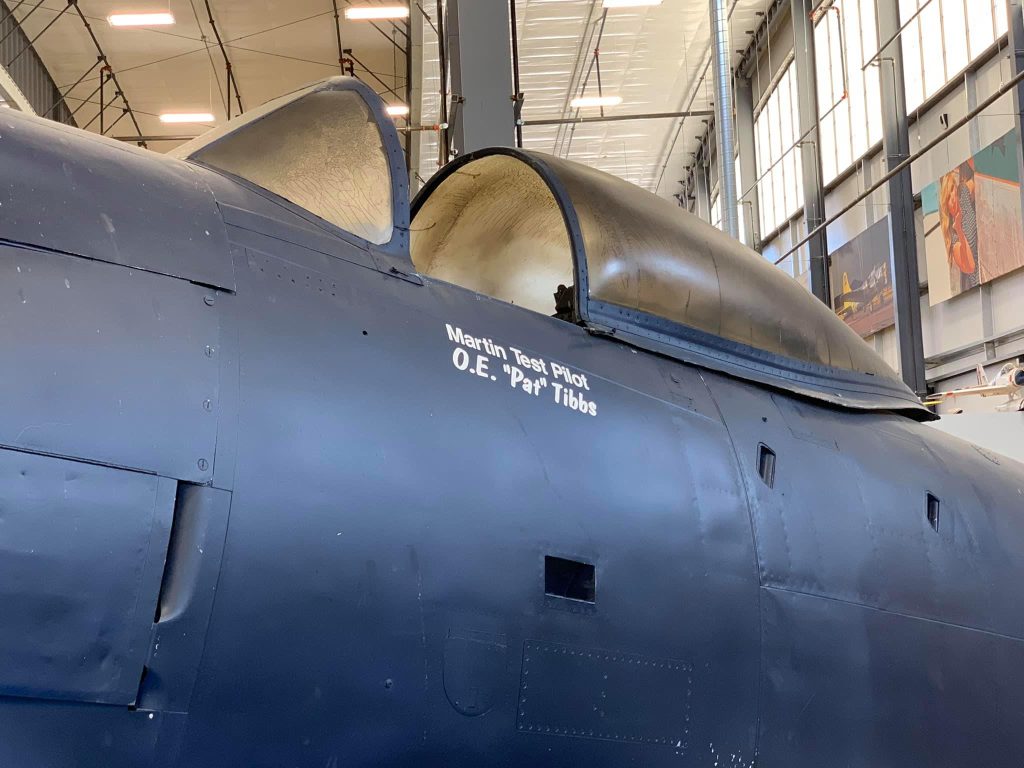
Out of 151 production aircraft built between 1945-49, only four complete airframes are listed in various online records as still in existence in one state of repair or another (as far as I know there is a fifth partial airframe in storage and I have read there may be another in Brazil but is unconfirmed).
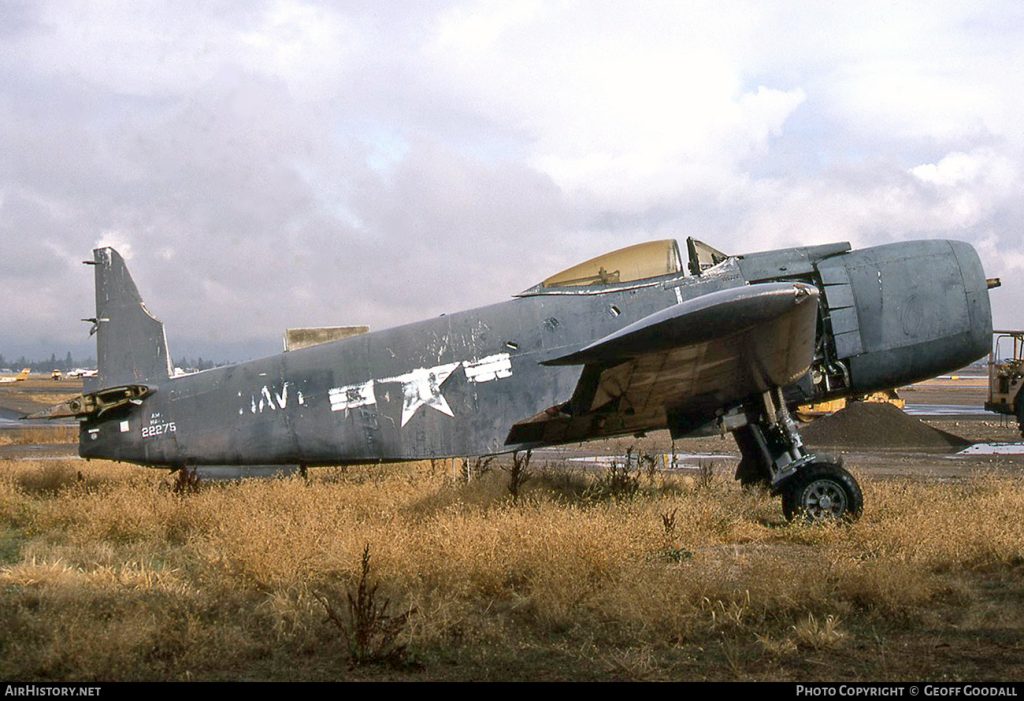
This particular aircraft was the 18th Mauler built and was delivered to the USN in August of 1947. It then served at Naval Air Stations Jacksonville, St. Louis and was at NATC (Naval Air Test Center) at NAS Patuxent River, MD. It was later transferred to the U.S. Army’s Aberdeen Proving Grounds in MD where it was used for weapons testing. The aircraft was then donated in 1979 to Bradley Air Museum in Windsor Locks, CT and, in 1990, it was acquired by Jack Erickson or one of his entities (it is now registered to his Fortress LLC).
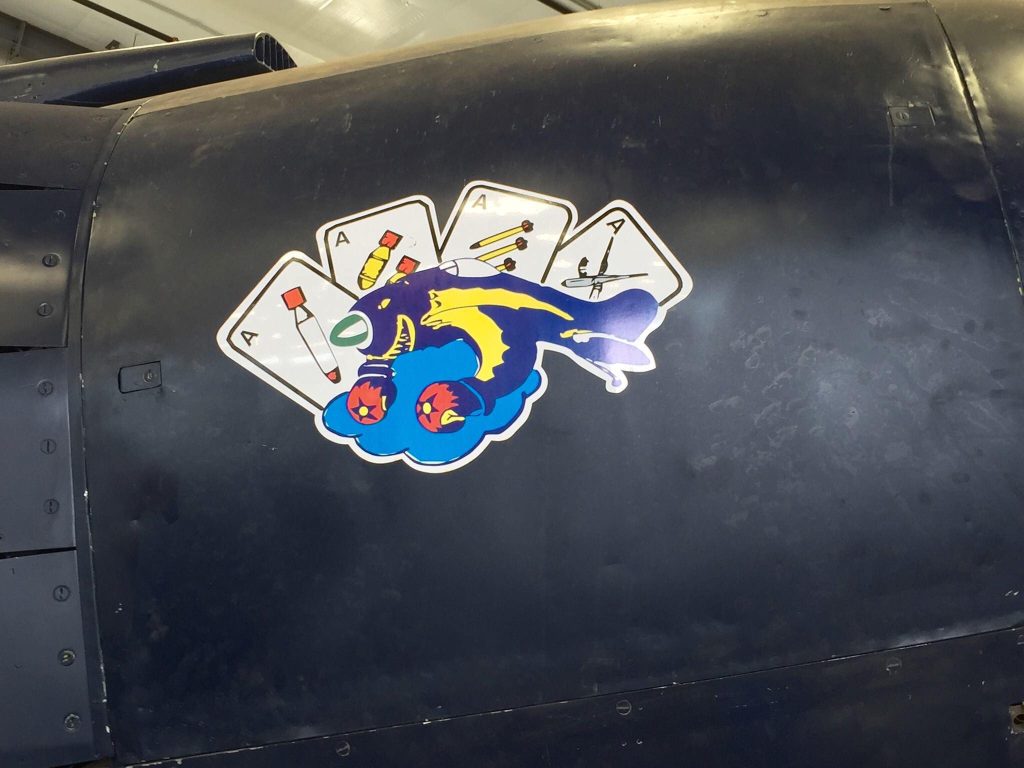
It is painted with the “4 Aces” nose art of VA-84 (Attack Squadron), a short-lived USN attack squadron (15 September 1948 to 29 November 1949) assigned to Carrier Air Group 8 (CVG-8) that received two AM-1 aircraft in November 1948. The Mauler is on static display at Erickson Aircraft Collection at the Madras Municipal Airfield, OR. As a side note, during World War II, the Madras airfield was a U.S. Army Air Corps base for training air crews of B-17s, P-38s and P-39s, and the North Hangar is on the National Register of Historic Places.
About the author
